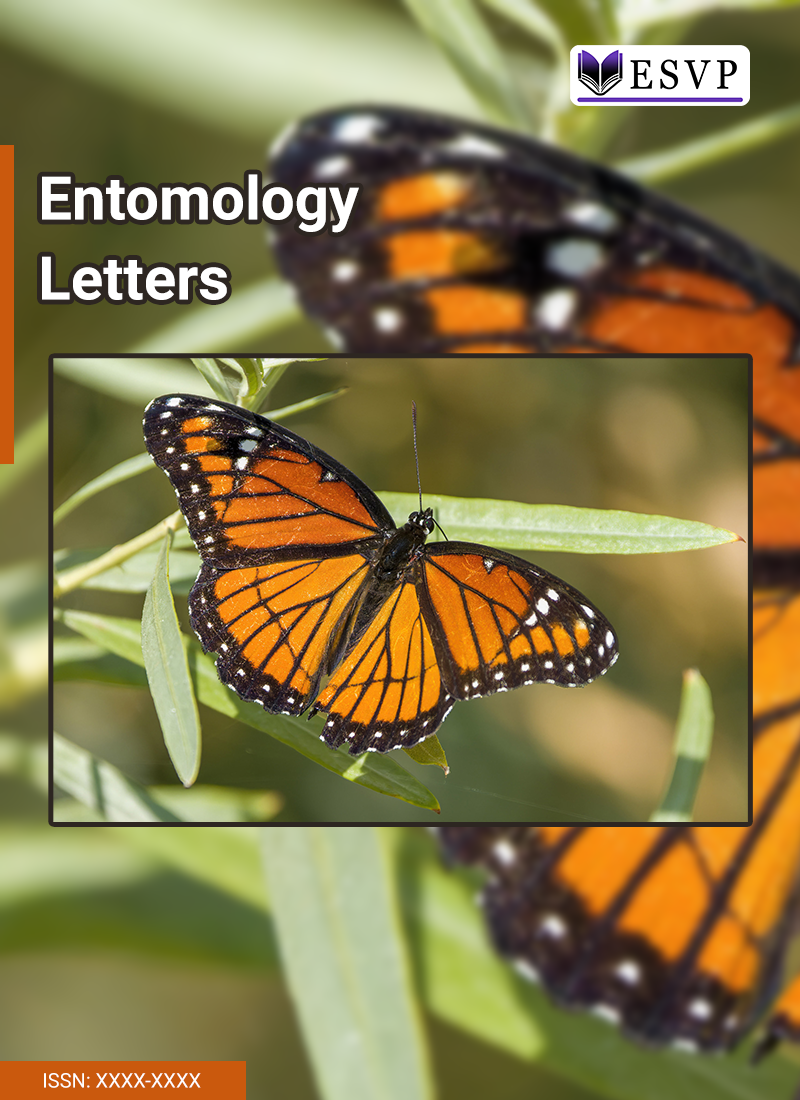
The ground beetle fauna, including species of different ages and types, was studied in pine forests located in central Russia. The researchers identified fifty-two ground beetle species in 21 genera, with the genera Carabus, Amara, Harpalus, and Pterostichus having the highest species richness. Twenty-five species were observed in pine forests located near swampy areas characterized by moderate moisture, while only ten species were found in drier pine forests dominated by Calamagrostis arundinacea and Convallaria majalis in the understory vegetation. Ground beetle communities in wetter pine forests showed the highest values of the Shannon-Wiener index. Young pine forests had lower species diversity compared to older pine forests, although the Shannon-Wiener index was higher in younger stands, with lower dominance indices than in mature forests. Pterostichus oblongopunctatus emerged as the most abundant species in several forest areas.